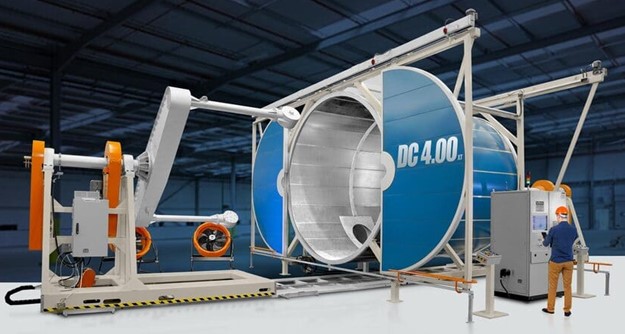Exploring the Advantages of Rotomolding for Industrial Use
Exploring the Advantages of Rotomolding for Industrial Use
Blog Article
Rotational molding, more commonly referred to by the name of Rotational Molding has revolutionized the ways that industries produce robust and durable plastic products. From water tanks that are durable to intricately designed custom components the rotomolding process has proved itself as a preferred manufacturing technique for its versatility and quality. What is it that can it do to make it so effective? Here's a closer analysis of the procedure as well as its advantages and its impact across industries.

The Rotomolding Process
Rotomolding involves a simple yet highly precise procedure. First, the resin that has been powdered is placed in the mold. The mold is rotated along two perpendicular axes within an oven. Its heat instantly melts powder, which ensures even distribution across the mold's surfaces. After the product has been formed, it is then cooled, solidified, then removed from the mold ready to use.
This technique allows for unmatched design flexibility, enabling manufacturers to create products with intricate shapes with uniform wall thicknesses and a high level of durability. It is especially useful for large, hollow structures, which might not be possible with other manufacturing methods.
Why Rotomolding is a Game-Changer
Rotomolding stands out due to several important reasons:
Durability: Products made through rotomolding boast exceptional toughness and can withstand harsh environments, making the perfect industrial and outdoor usage.
Cost-Effectiveness The molds utilized in rotational molding are quite affordable when compared to blow or injection molding which makes it a cost-effective option for large as well as tiny production batches.
Customization: The ability to produce intricate designs and sizes ensures that products can be customized to the individual needs of customers.
Low waste Rotomolding is innately efficient, using material to its maximum extent and with the least amount of waste, and promoting sustainable manufacturing practices.
Applications Across Industries
Rotomolding is a backbone of numerous industries, contributing to the production of outdoor furniture, storage tanks playground equipment, automotive parts, and even marine products such as kayaks. Its versatility and adaptability to different types of materials, such as UV-stabilized resins, makes it a preferred choice for durable products exposed to varying conditions.

Through its blend of high-precision, durability and cost-efficiency, rotomolding continues to define modern manufacturing. It's not surprising that this method is hailed as a sustainable and dependable method that is shaping the future of plastic products that are durable.
Report this page